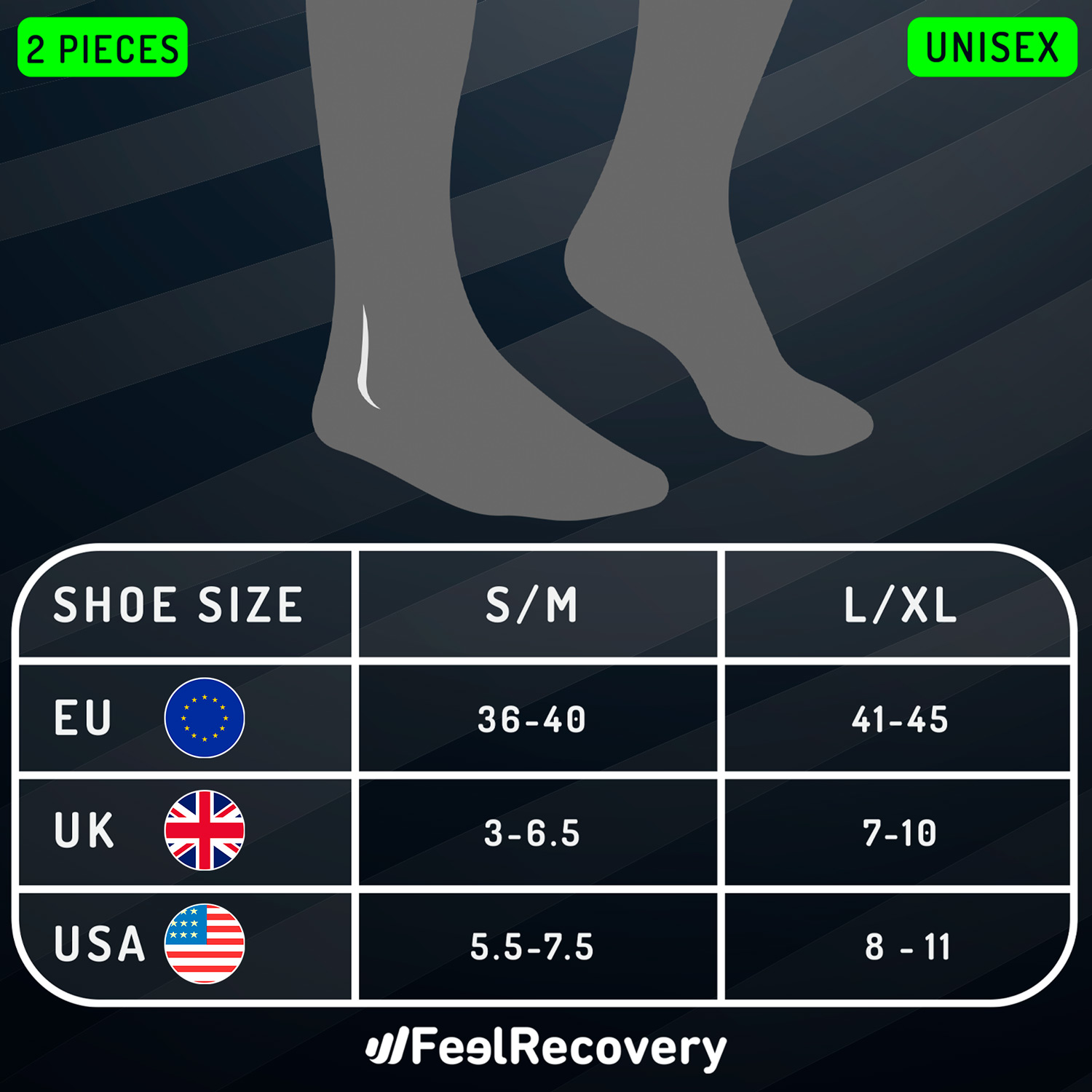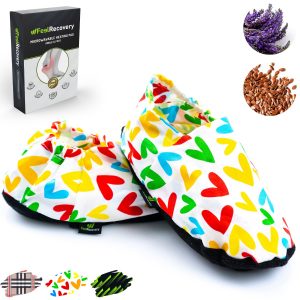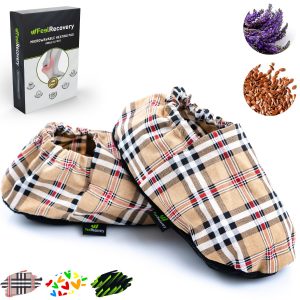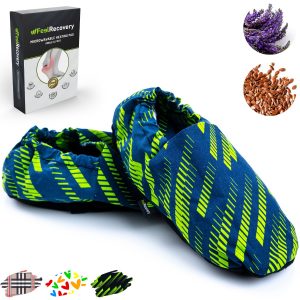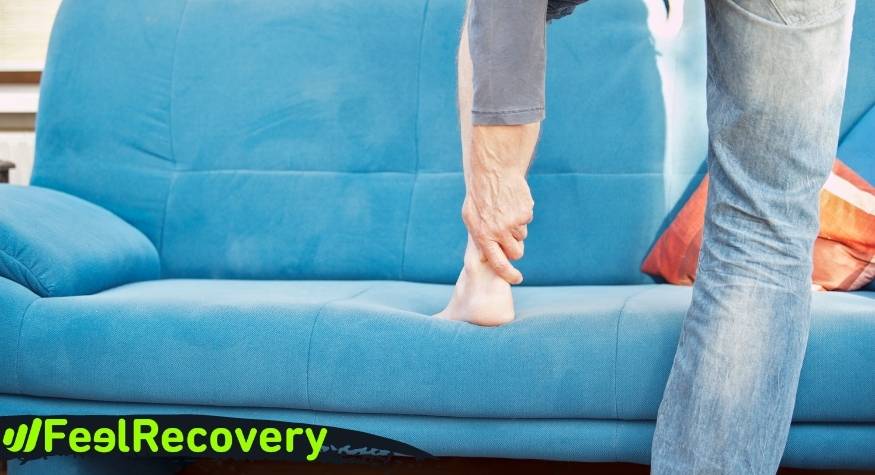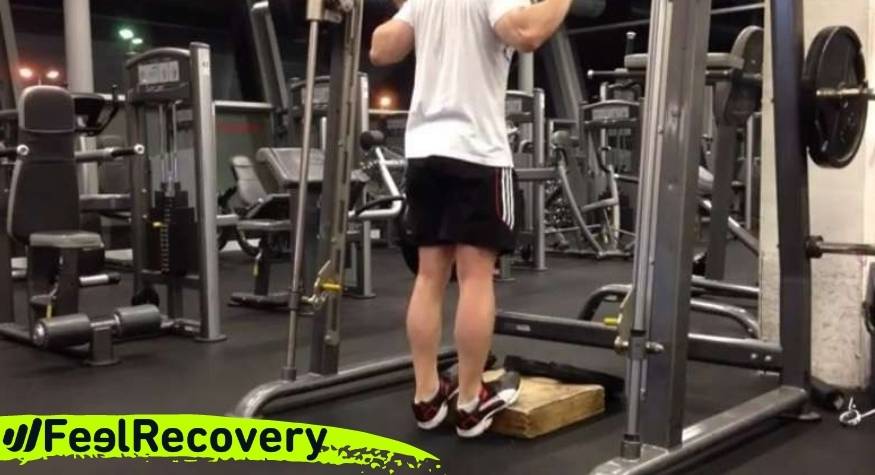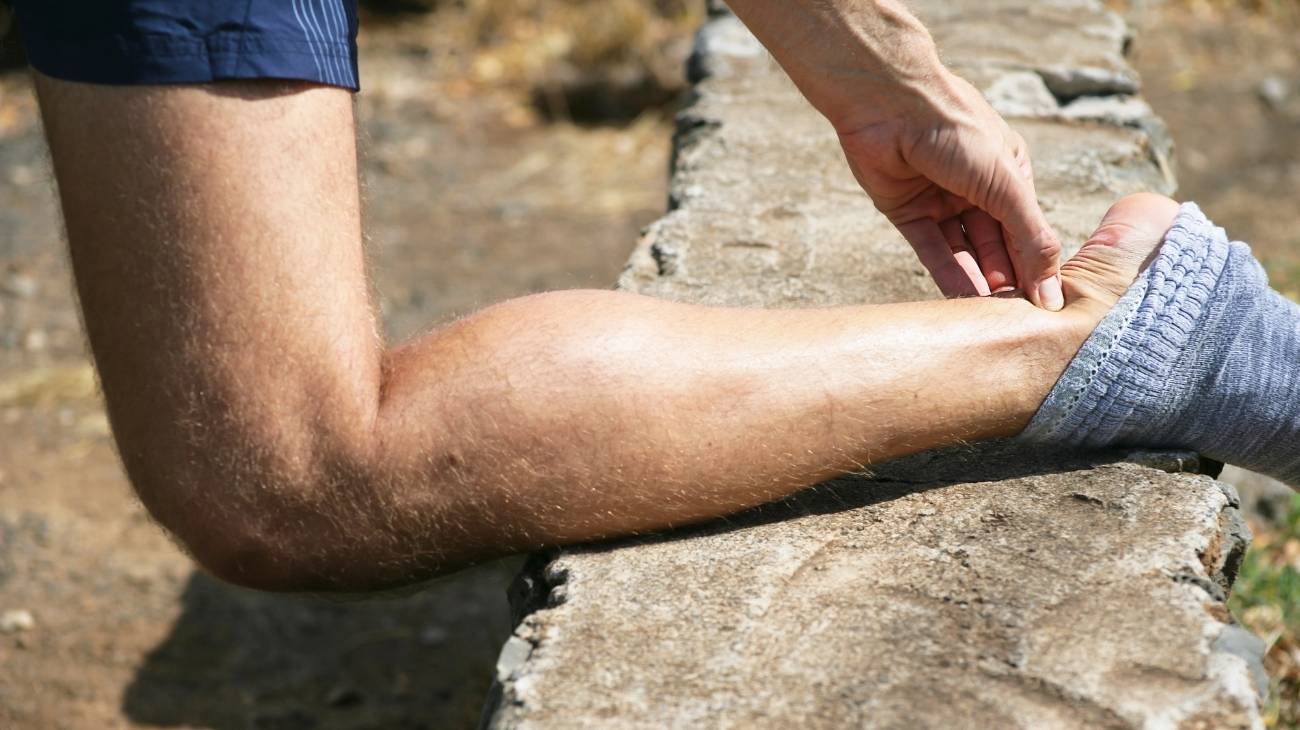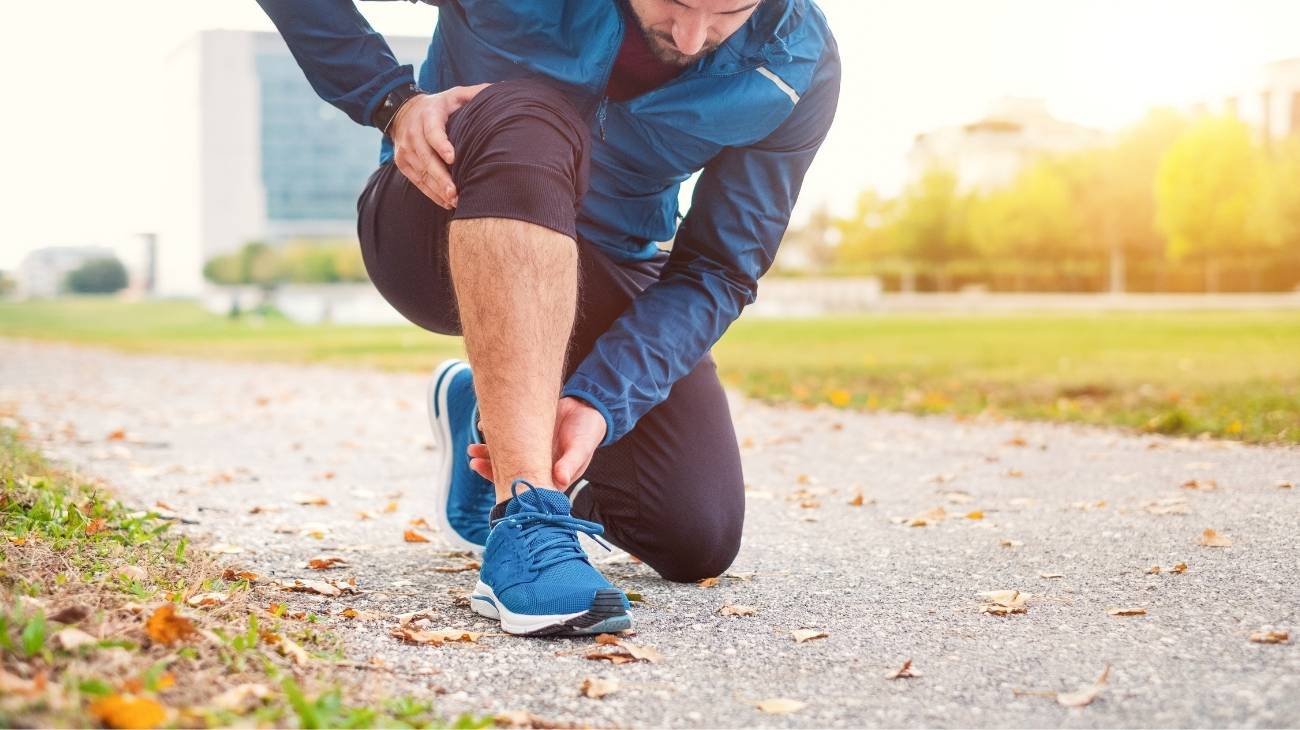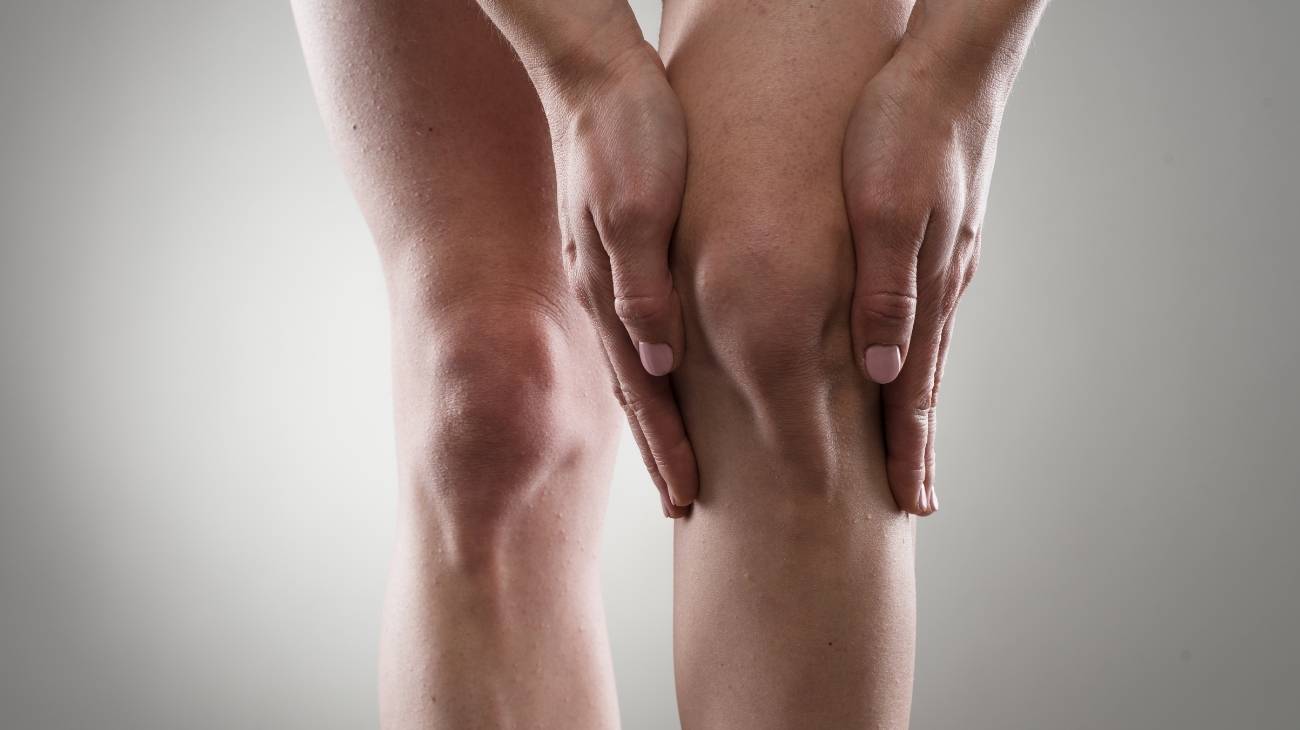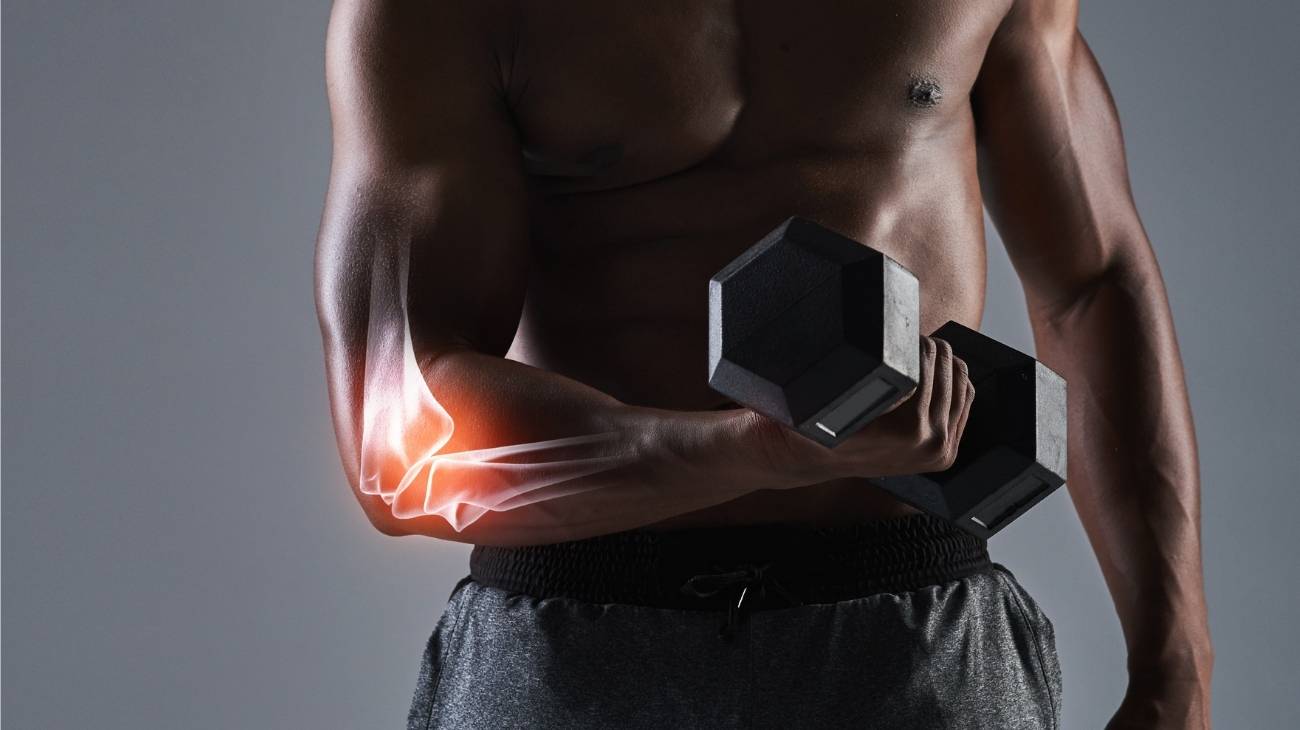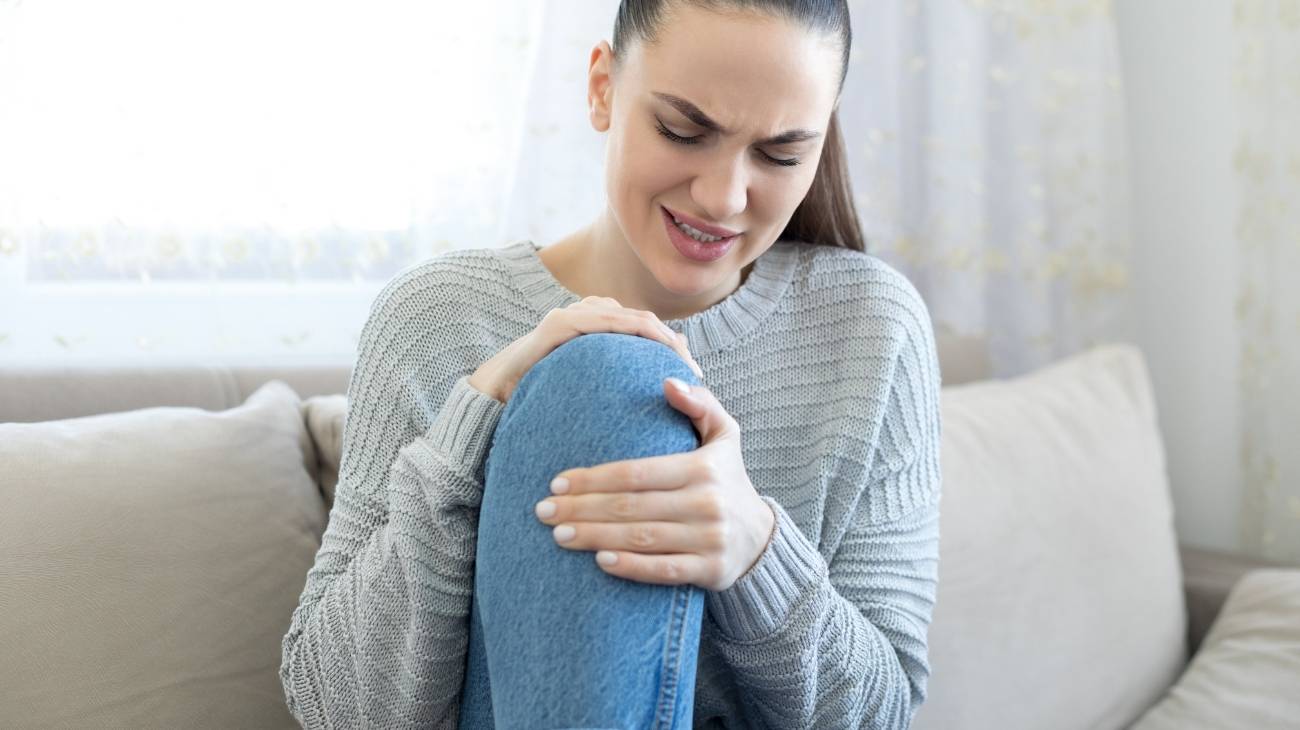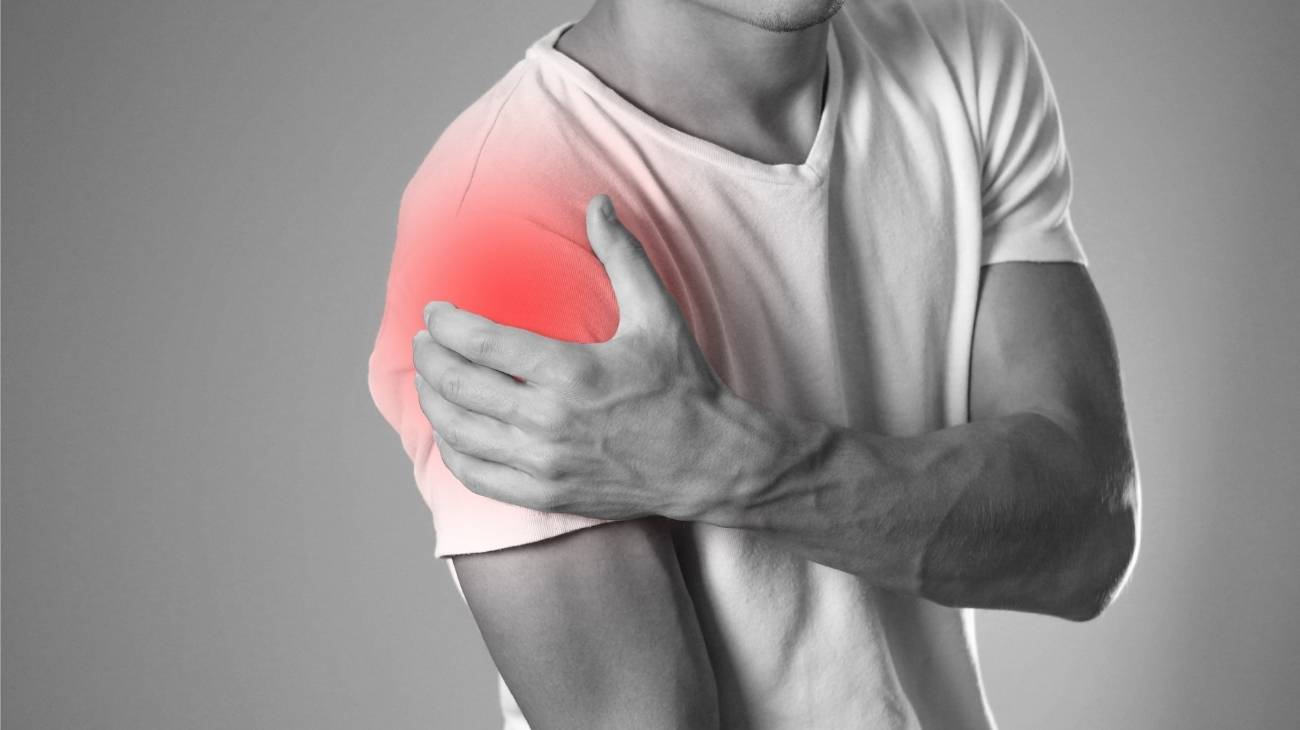- What is Achilles tendinitis?
- What are the causes and risk factors for Achilles tendonitis?
- Best products for Achilles tendonitis
- Main symptoms that warn us that we have Achilles tendon tendonitis
- What treatments are there to improve and cure Achilles tendon tendonitis?
- Prevention for Achilles tendon inflammation
You will find all the information related to Achilles tendonitis in the following paragraphs of this post. We will show you in detail what this inflammation that occurs in the Achilles tendon is about and what are the causes or risk factors that increase the likelihood of the appearance of this injury.
In addition, we are going to mention in an easy way the treatments that can be applied in the microscopic ruptures suffered by the fibres of the extensor tendons and which are the best tips to prevent inflammation in the tendon structure of this part of the body. Let's get started.
What is Achilles tendinitis?
Achilles tendonitis occurs when there are micro-tears and a lack of blood supply to the tendon that connects the soleus and gastrocnemius to the calcaneal bone. This is usually due to overuse of the ankle joint, although other factors such as age and lack of daily exercise are also possible.
This injury to the Achilles tendon causes pain and inflammation in the affected area. As a result, many patients lose joint mobility and suffer from advanced stiffness, pain in the knee and at the end of the foot.
What are the causes and risk factors for Achilles tendonitis?
Learn about the causes that can increase the risk of Achilles tendonitis
- Trauma: This is one of the most recurrent factors in this type of injury. Blows, fractures and any injury can cause stretching and subsequent inflammation of the Achilles tendon.
- Bad posture: This is another of the most common causes of patients with this type of ailment. The wrong position to perform a certain task, or maintaining an incorrect posture for a long time, generates excessive tension in the tendons. These are affected by the effort they have to make, causing the waste products not to be eliminated correctly by the blood, which helps inflammation.
- Too little rest for the ankle: Repetitive movements favour the overexertion of the Achilles tendon, even more so when there is no intermediate rest between each activity.
- Intensive activities: Playing sports or performing tasks that put a lot of stress on the ankle joint can lead to inflammation of the Achilles tendon. This is due to the great pressure that these fibres are subjected to during these activities.
- Overweight: Lifting heavy weights causes the lower joints to suffer from excessive pressure. This is reflected by the little space that the articulatory bodies have to work, which generates the accumulation of toxic molecules in the tendon fibres.
- Obesity: Excessive body weight causes constant pressure on the ankle joint, which causes the tendons located in this area to suffer.
- Lack of nutrients: The absence of magnesium, selenium, potassium and sodium, among others; does not allow the correct functioning of the heel extensor tissues. For this reason, injury to the Achilles tendon is almost a given.
Best products for Achilles tendonitis
Bestseller
-
2 Ankle Compression Sleeve (Black/Gray)
£17,50 -
2 Ankle Compression Sleeve (Green/Navy)
£17,50 -
2 Ankle Compression Sleeve (Pink/Bordeaux)
£17,50 -
Ice Pack for Foot - Cold Therapy Socks (Black)
£21,95 -
Ice Pack for Foot - Cold Therapy Socks (Green)
£21,95 -
Ice Pack for Foot - Cold Therapy Socks (Pink)
£21,95 -
Microwavable Heated Slippers (Hearts)
£21,50 -
Microwavable Heated Slippers (Oxford)
£21,50 -
Microwavable Heated Slippers (Sport)
£21,50 -
Microwaveable Wheat Bag for Pain Relief (Hearts)
£17,50 -
Microwaveable Wheat Bag for Pain Relief (Oxford)
£17,50 -
Microwaveable Wheat Bag for Pain Relief (Sport)
£17,50 -
Sport Compression Socks (1 Pair) (Black/Gray)
£17,50 -
Sport Compression Socks (1 Pair) (Green/Navy)
£17,50 -
Sport Compression Socks (1 Pair) (Pink/Bordeaux)
£17,50
Main symptoms that warn us that we have Achilles tendon tendonitis
See below the different symptoms that will announce the presence of tendonitis in the ankle
- Pain: People suffering from Achilles tendinitis feel pain when stretching the foot, walking and wearing tight shoes.
- Swelling: Another characteristic symptom is swelling in the ankle area. This is due to the accumulation of blood in the affected area.
- Joint stiffness: A patient with Achilles tendon inflammation is likely to be unable to move the ankle due to the limited space between the muscles, bones and tendons in this part of the body.
- Bulging: Tendonitis can cause the tendons to bulge out of normal position causing a bulge in the fibres. This bulge may appear at the top of the heel.
- Redness: The accumulation of blood in this area can cause a reddish colour of the skin.
- Weakness: In some patients the muscles of the affected leg show fatigue and motor decline.
- Strange sound: If a crunching sound is heard when bending the ankle or pressing on the tendon, Achilles tendonitis is likely to be present.
What treatments are there to improve and cure Achilles tendon tendonitis?
There are currently different treatments that are used to reduce the symptoms of Achilles tendonitis.
See below which are the most important ones:
Alternative and complementary therapies
The following ancillary therapies can be used to treat Achilles tendon inflammation:
- Heat and cold therapy: With this type of treatment, the benefits of both extremes of temperature are sought. In this way, with heat it is possible to reduce inflammation by means of stimulation of the capillary walls of the tissue vessels. Whereas, with cold it is possible to find analgesic effects to reduce pain. It must be taken into account that in order to apply this therapy it is necessary to exchange compressive clothes, bags or baths between both temperatures.
- Compression therapy: The aim of this therapy is to protect the joint area by immobilising it. In this way, the Achilles tendon is fixed, preventing it from being strained every time the foot is moved. This results in a reduction of inflammation in the area and a reduction in pain caused by a better blood flow that is stimulated in this area. It should be borne in mind that for compression to have favourable results, it is necessary that the bandages or ankle braces are placed correctly to avoid over-stimulation of the fibres.
- Massage therapy: Achilles tendonitis may be causing pain and distension in the soleus and gastrocnemius, so the pain in the area is stabbing and causes inability to move the foot. For this reason, by means of friction massage it is possible to reduce the inflammation and improve circulation to stimulate the production of collagen in the affected fibres. This needs to be done by a professional, as extreme pressure can affect the bursae located in the joint.
- Acupressure therapy: By means of special pressure massages, based on Chinese medicine, it is possible to treat the symptoms of Achilles tendinitis. To stimulate the blood flow in the affected area, massages are applied using the fingers and palms of the practitioner to specific areas of the body. This causes the nerve roots to stop sending pain signals to the brain, which improves the patient's mental balance.
- Thermotherapy: Thermotherapy generates that the blood capillary walls of the soft tissues located in the Achilles tendon receive the exchange of oxygen and nutrients delivered by the blood. In this way, inflammation and pain reduction are guaranteed due to the elimination of metabolites found in the tendon fibre. Heat can be applied in different ways, the most common being hot-water bottles, companies and footbaths.
- Natural remedies using plants: Natural plants with anti-inflammatory and analgesic effects can be used to reduce the symptoms of Achilles tendinitis. This can be done by external application or by infusion, which is why this therapy must be prescribed and monitored by a doctor. Among the most commonly used herbs are linden, chamomile, citrus fruits and mint.
- Healthy lifestyle habits: The therapeutic approach used in this type of treatment is based on correcting different postures and habits of the person who has suffered from Achilles tendon tendonitis. In this way, re-education consists of the patient learning how their own body works and managing to protect the joints to avoid aggravating the injury suffered and also to reduce the likelihood of the appearance of new tendinitis. Correcting posture, learning to lift heavy things and keeping the tissues active are some of the aspects treated in this therapy.
Nutritional supplements
The incorporation of micronutrients into the patient's body can take place not only through food, but also through dietary supplements. These syrups, powders or tablets often include collagen, potassium, calcium, hyaluronic acid and Omega 3. Although it is also possible to find glucosamine, chondroitin and methylsulfonylmethane for pain relief.
Keep in mind that this type of treatment must be supervised by a doctor and never self-medicate, as the renal, intestinal and hepatic consequences can be very serious.
Physiotherapy treatments
Rehabilitation exercises are aimed at strengthening the muscle-tendon structure of the heel. For this purpose, different techniques are used, which are chosen by the practitioner according to the progress of the disease.
Among the most common treatments are the following
- Radiofrequency waves: These are used to produce electrical stimuli to improve blood circulation. In this way the exchange of gases between the blood and the fibres is more efficient.
- Superficial pressure: This technique is similar to acupressure, but is not only performed on certain parts of the body. Its aim is to stimulate the inflammation of the affected area by means of massages carried out by the physiotherapist on the injured area with great caution.
- Dry needling: Needles similar to acupuncture are used to reduce the sensation of pain.
- Short-term exercises: In some cases, short-term repetitive exercises are used to stimulate the joint. They can be applied by means of special apparatus or under water.
Medications
The most important thing for this type of treatment is that drug therapy must be directed and approved by the doctor . This means that self-medication should never be practised because it can lead to severe complications for the body. Nonsteroidal anti-inflammatory drugs, opioid analgesics and, in some cases, corticosteroids are usually used to combat pain and inflammation in the Achilles heel.
Surgeries
Achilles tendon tendinitis can be treated with surgical practices only in advanced cases for repair of torn fibres in this area. Local anaesthetics can be used to keep the level of invasiveness low.
In patients where inflammation is present not only in the tendons, but also in the synovial sacs, bursectomy is possible. This technique is used for the removal of abraded elements within the joint.
Prevention for Achilles tendon inflammation
In the following paragraphs you will find the best preventive methods for Achilles tendon inflammation
- Maintain correct posture: To avoid further injury or aggravating the symptoms of Achilles tendinitis, you should be aware of the postures and forces you need to use when walking and lifting heavy objects. This will help you to keep the ankle joint in good condition, thus improving the exchange of oxygen between the blood and the tendon fibres.
- Warm up beforehand: Stimulating the muscle-tendon structure before sports or demanding work is a good idea. It is advisable to warm up the joint so that it is not suddenly strained, which can lead to tendon injury.
- Eccentric exercises: It is very common to perform rehabilitation and strengthening exercises for the Achilles tendon area through eccentric exercises, which decelerate the external load, i.e., they seek to maintain the contraction of the muscle while moving towards stretching it.
- Avoid sudden movements: This type of movement can place excessive stress on the tendons located in the ankle.
- Wear shoes and ankle braces to protect the joint: If you are involved in sports or activities that put the Achilles tendon at risk, try to protect the joint with appropriate safety equipment.
- Eat a healthy diet: Foods rich in magnesium, calcium and potassium help to keep the ankle tendons in good condition.
- Avoid a sedentary lifestyle: The body gets used to the lack of activity, so every time you want to climb a ladder or perform a simple action the tendons are overtaxed. For this reason, it is advisable to walk or cycle frequently.
References
- Longo, U. G., Ronga, M., & Maffulli, N. (2018). Achilles tendinopathy. Sports medicine and arthroscopy review, 26(1), 16-30. https://www.ingentaconnect.com/content/wk/smart/2018/00000026/00000001/art00005
- Paavola, M., Kannus, P., Järvinen, T. A., Khan, K., Józsa, L., & Järvinen, M. (2002). Achilles tendinopathy. JBJS, 84(11), 2062-2076. https://journals.lww.com/jbjsjournal/Citation/2002/11000/Achilles_Tendinopathy.25.aspx
- Maffulli, N., Sharma, P., & Luscombe, K. L. (2004). Achilles tendinopathy: aetiology and management. Journal of the Royal Society of Medicine, 97(10), 472-476. https://journals.sagepub.com/doi/pdf/10.1177/0141076809701004
- Kader, D., Saxena, A., Movin, T., & Maffulli, N. (2002). Achilles tendinopathy: some aspects of basic science and clinical management. British journal of sports medicine, 36(4), 239-249. https://bjsm.bmj.com/content/36/4/239.short
- de Jonge, S., Van den Berg, C., de Vos, R. J., Van Der Heide, H. J. L., Weir, A., Verhaar, J. A. N., ... & Tol, J. L. (2011). Incidence of midportion Achilles tendinopathy in the general population. British journal of sports medicine, 45(13), 1026-1028. https://bjsm.bmj.com/content/45/13/1026.short
- Almekinders, L. C., & Temple, J. D. (1998). Etiology, diagnosis, and treatment of tendonitis: an analysis of the literature. Medicine and science in sports and exercise, 30(8), 1183-1190. https://europepmc.org/article/med/9710855
- Kainberger, F. M., Engel, A., Barton, P., Huebsch, P., Neuhold, A., & Salomonowitz, E. (1990). Injury of the Achilles tendon: diagnosis with sonography. AJR. American journal of roentgenology, 155(5), 1031-1036. https://radnuk.meduniwien.ac.at/fileadmin/radiodiagnostik/pdf/1_Kainberer_et_al_1990.pdf
- Sandmeier, R., & Renström, P. A. F. H. (1997). Diagnosis and treatment of chronic tendon disorders in sports. Scandinavian journal of medicine & science in sports, 7(2), 96-106. https://onlinelibrary.wiley.com/doi/abs/10.1111/j.1600-0838.1997.tb00125.x
- Alfredson, H., & Lorentzon, R. (2002). Chronic tendon pain: no signs of chemical inflammation but high concentrations of the neurotransmitter glutamate. Implications for treatment?. Current drug targets, 3(1), 43-54. https://www.ingentaconnect.com/content/ben/cdt/2002/00000003/00000001/art00004
- Williams, J. G. P. (1986). Achilles tendon lesions in sport. Sports Medicine, 3, 114-135. https://link.springer.com/article/10.2165/00007256-198603020-00003














